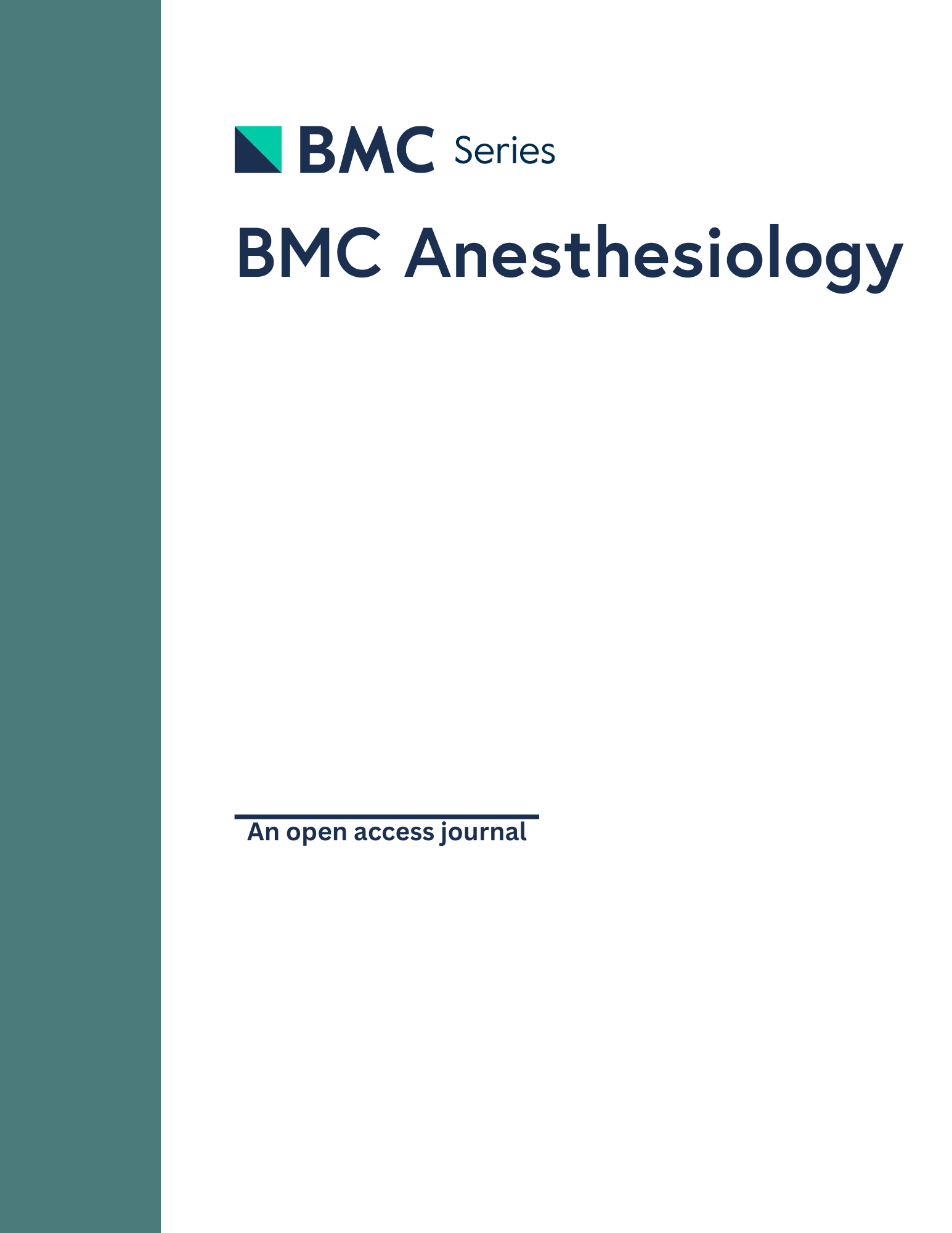
Fascia Iliaca Compartment Block For Postoperative Pain After Total Hip Arthroplasty: A Meta-Analysis

Fascia Iliaca Compartment Block For Postoperative Pain After Total Hip Arthroplasty: A Meta-Analysis
Fascia iliaca compartment block for postoperative pain after total hip arthroplasty: a systematic review and meta-analysis of randomized controlled trials.
BMC Anesthesiol . 2024 Mar 9;24(1):95.Synopsis
Eight randomized controlled trials including 654 patients undergoing total hip arthroplasty (THA) were included in this systematic review and meta-analysis comparing fascia iliaca compartment block (FICB) vs. placebo. Pooled outcomes of interest included pain intensity at 6, 12, 24, and 48 hours postoperatively, total analgesic consumption, sensory block, nausea and vomiting, and muscle weakness. ...
To view the full content, login to your account,
or start your 30-day FREE Trial today.
FREE TRIAL
LOGIN
Forgot Password?
Explore some of our unlocked ACE Reports below!

Learn about our AI Driven
High Impact Search Feature
Our AI driven High Impact metric calculates the impact an article will have by considering both the publishing journal and the content of the article itself. Built using the latest advances in natural language processing, OE High Impact predicts an article’s future number of citations better than impact factor alone.
Continue



 LOGIN
LOGIN

Join the Conversation
Please Login or Join to leave comments.